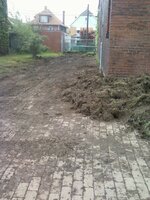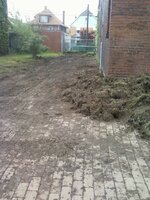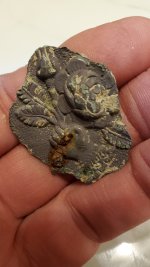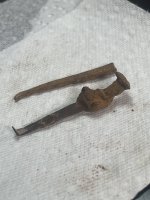CoilFisher
Hero Member
- Jul 17, 2011
- 957
- 251
- Primary Interest:
- Metal Detecting
Lyell's Law in application to coin hunting (The oldest things are on the bottom).
Specific depths of coins for their age? Agree or not?
Specific depths of coins for their age? Agree or not?
Amazon Forum Fav 👍
Upvote
0







 ) It floods every year. In springtime, there is a lot of standing water. Maybe the combination of the very wet ground and high traffic work together to let more dense items get to a lower level? I am not a geologist, but I love what they've done with the place
) It floods every year. In springtime, there is a lot of standing water. Maybe the combination of the very wet ground and high traffic work together to let more dense items get to a lower level? I am not a geologist, but I love what they've done with the place 




